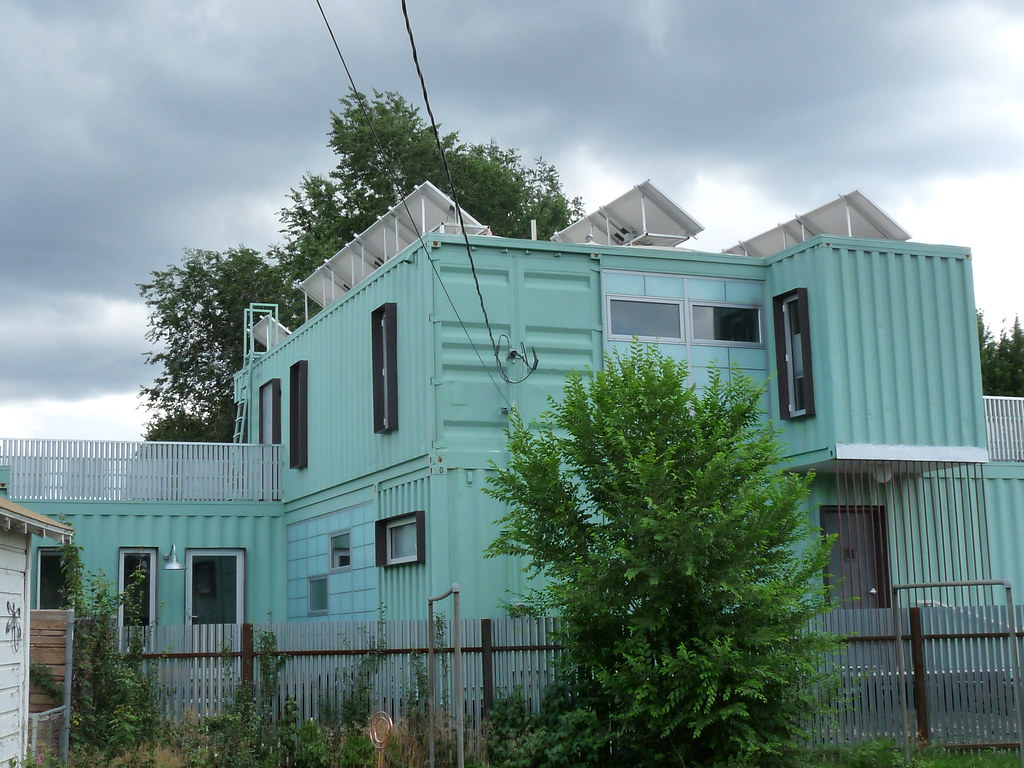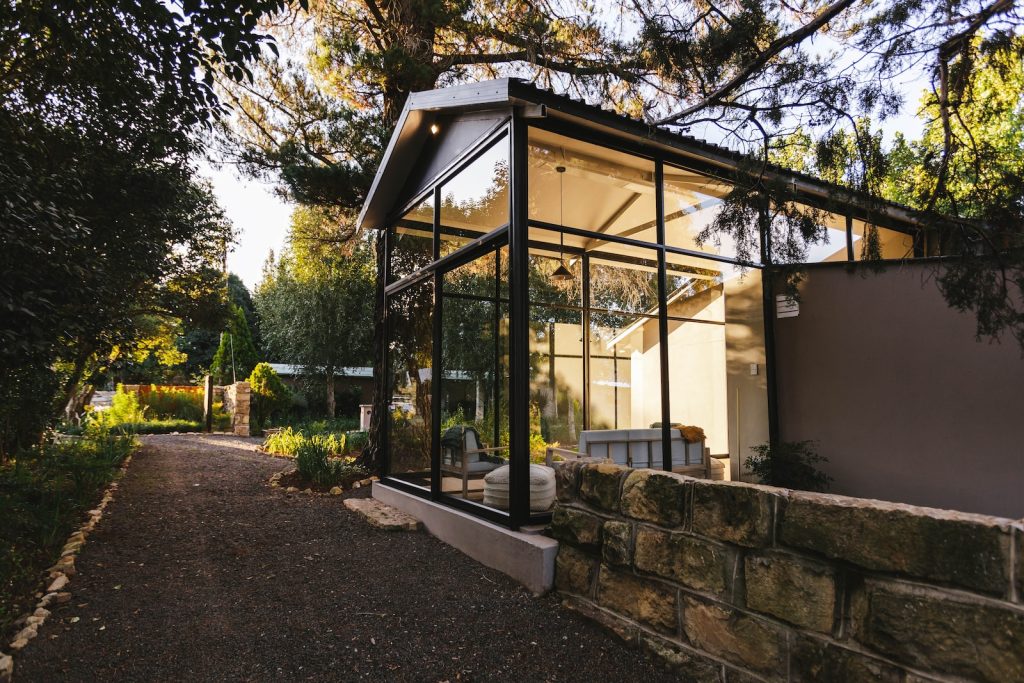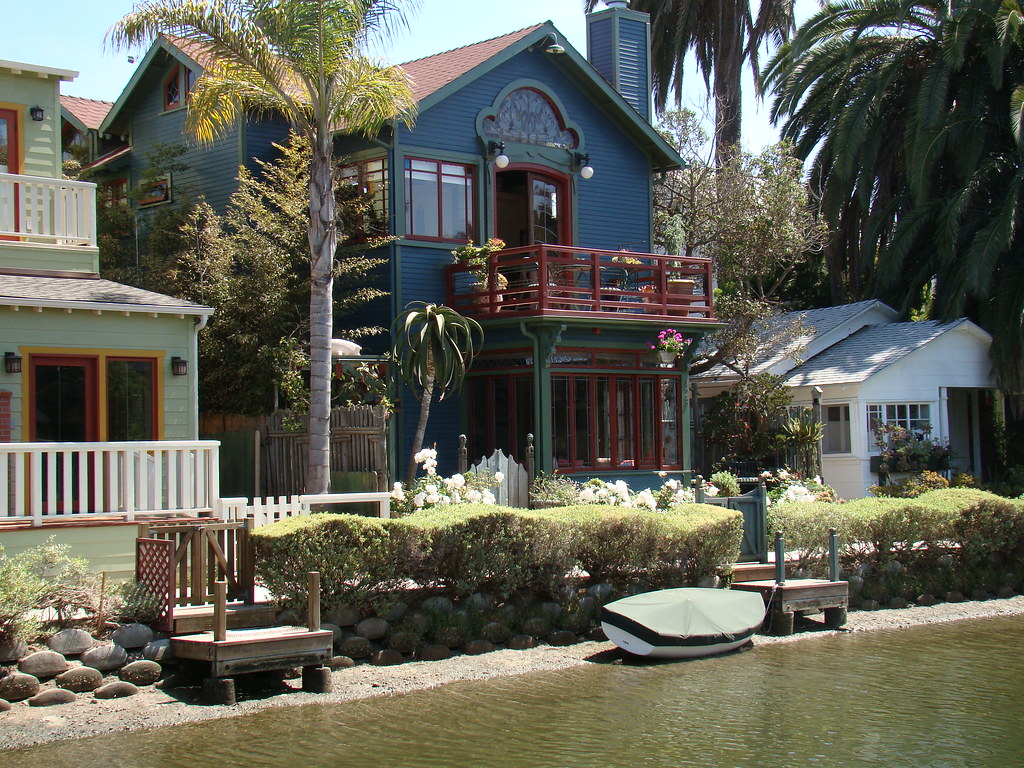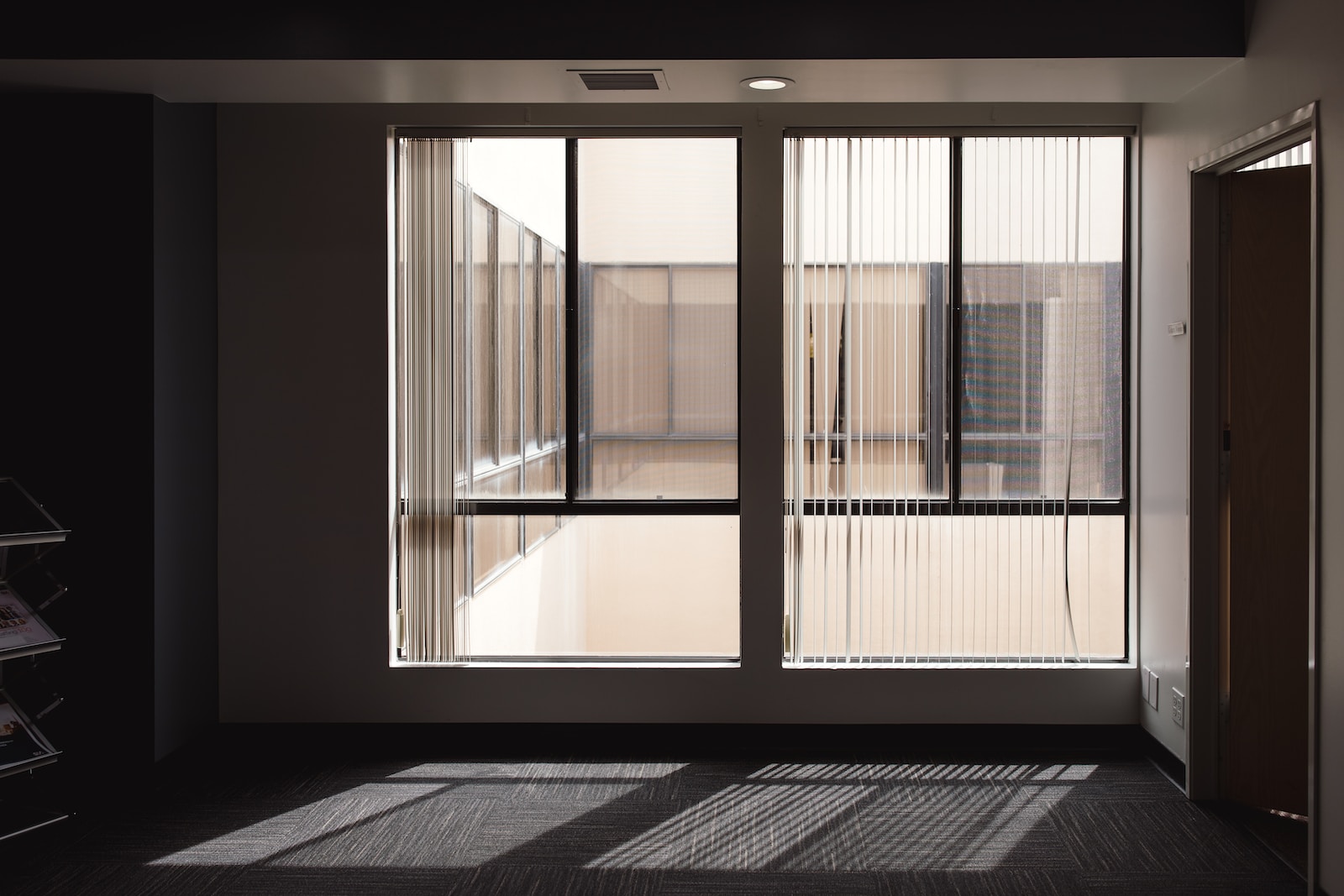Hey there, fellow container home enthusiasts! It’s Emily Owens, your trusty container home aficionado, back with another exciting installment of my container home blog. Today, we’re going to dive into the fascinating world of integrating container homes with their natural surroundings.
Container homes have been making waves in the world of sustainable and affordable housing for quite some time now. Their adaptability and eco-friendly features make them a fantastic choice for those who want to minimize their environmental footprint while enjoying the comforts of modern living. But have you ever wondered how these industrial marvels can seamlessly blend with the beauty of nature? Well, wonder no more! We’re about to explore the art of harmonizing container homes with the great outdoors.
The Container Home Advantage
Before we delve into the nitty-gritty of integrating container homes with nature, let’s quickly recap why these homes have become such a sensation. Container homes are built using repurposed shipping containers, making them an eco-conscious choice. They’re not only cost-effective but also incredibly durable, which is essential for withstanding the elements when nestled in natural settings.
Choosing the Right Location
The first step in creating a container home that blends with nature is selecting the perfect location. Just like in real estate, it’s all about “location, location, location.” Whether you dream of a container cabin in the woods or a beachfront retreat, your surroundings will play a pivotal role in the overall aesthetic and feel of your container home.

For example, if you’re envisioning a mountain hideaway, consider how you can position your container home to take advantage of those stunning views. A well-placed deck or large windows can transform your container abode into a nature-watching paradise. Conversely, if you’re eyeing a beachfront escape, designing your container home with materials that can withstand saltwater and coastal weather is essential for longevity and aesthetics.
Blending Colors and Materials
When it comes to integrating container homes with their natural surroundings, color and materials matter. The industrial look of shipping containers can contrast sharply with the organic beauty of nature if not handled correctly.
Consider opting for earthy and natural tones for your container home’s exterior. Think muted greens, browns, and grays that mimic the colors of the surrounding landscape. You can even incorporate wood or stone accents to soften the overall look and add a touch of rustic charm.
Landscaping and Greenery
One of the most effective ways to integrate your container home with nature is by using landscaping and greenery strategically. Planting trees, shrubs, and native plants around your container home not only enhances its visual appeal but also provides shade, privacy, and a natural buffer from the elements.
For example, if you have a container home in a desert environment, consider creating a lush oasis of succulents and desert flora that complements the arid surroundings. In a forested area, landscaping with ferns, moss, and wildflowers can help your container home blend seamlessly into the woodland landscape.
Open Up to the Outdoors
One of the most significant advantages of container homes is their versatility in design. To truly embrace your natural surroundings, consider incorporating large windows, sliding glass doors, or even creating open-air living spaces. These design elements not only flood your container home with natural light but also provide unobstructed views of the surrounding beauty

Imagine sipping your morning coffee on a deck that extends from your container home, with the scent of pine trees or ocean breezes enveloping you. It’s a sensory experience that brings you closer to nature while still enjoying the comfort and convenience of your modern container home.
Decks and Outdoor Living Spaces
Speaking of decks, they are a game-changer when it comes to integrating container homes with natural surroundings. Decks not only expand your living space but also serve as a transition zone between your home and the outdoors. They’re perfect for hosting gatherings, stargazing, or simply lounging in the sun.
Consider using sustainable materials like reclaimed wood for your deck to maintain an eco-friendly theme. Add comfortable outdoor furniture, potted plants, and perhaps even a fire pit to create an inviting outdoor oasis.
Roof Gardens and Green Roofs
Taking the concept of blending with nature to new heights, quite literally, is the idea of roof gardens or green roofs. These are essentially gardens planted on the roof of your container home, and they provide several advantages.
Firstly, they help regulate indoor temperatures, keeping your container home cool in the summer and warm in the winter. Secondly, they absorb rainwater, reducing runoff and helping the environment. Lastly, they add a touch of greenery that can transform your container home into a lush, living part of the landscape.
Using Local and Recycled Materials

Sustainability is at the core of container home living, and this extends to the materials you use in your home’s construction and decor. Whenever possible, opt for local materials to reduce the carbon footprint associated with transportation. Additionally, consider using recycled or reclaimed materials to give your container home a unique, eco-friendly character.
For example, you could repurpose old barn wood for your interior walls or use salvaged windows and doors to create a one-of-a-kind entrance. These touches not only add charm but also contribute to the overall green theme.
Conclusion: A Harmonious Union
In the world of container home living, integrating your home with natural surroundings is both an art and a science. It’s about finding the perfect balance between industrial aesthetics and the breathtaking beauty of nature. From strategic landscaping to sustainable materials and design choices, there are countless ways to create a harmonious union between your container home and the great outdoors.
So, as you embark on your container home journey, remember to embrace your natural surroundings and let them guide your design choices. With a bit of creativity and a whole lot of love for Mother Nature, you can create a container home that not only respects the environment but also celebrates its splendor. Happy container home living!



















Find Us on Socials